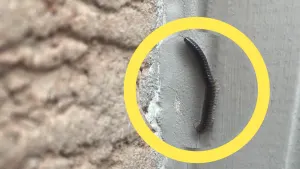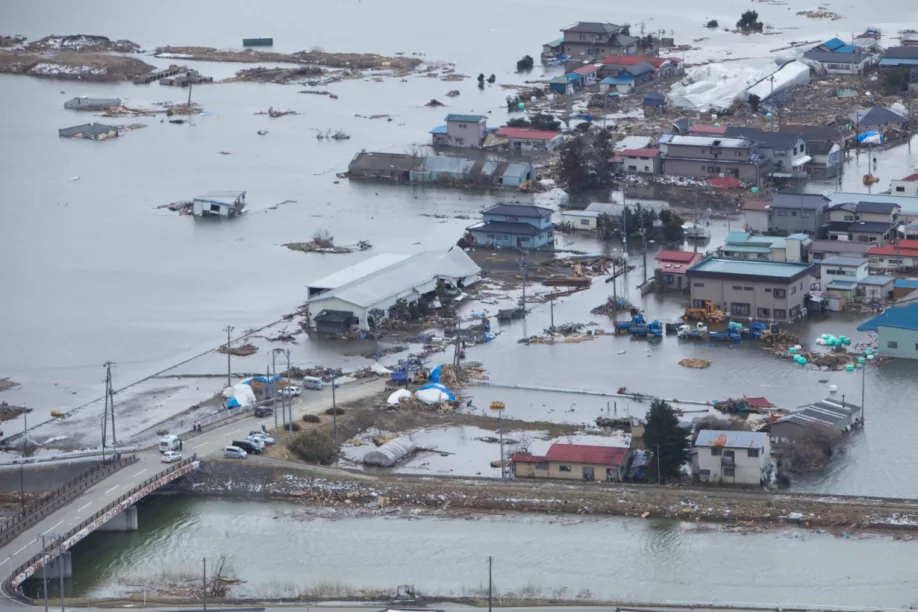
The world's largest seawall didn't protect Japan during the tragic 2011 tsunami
On this day in weather history, a tsunami killed around 28,000 people.
This Day In Weather History is a daily podcast by Chris Mei from The Weather Network, featuring stories about people, communities and events and how weather impacted them.
--
Kamaishi, Iwate, Japan is home to the world's largest seawall. It was 63 meters deep and 2 km long and cost $1.5 billion to build. Still, the wall wasn't able to protect the city from 4-metre tsunami waves.
On Mar. 11, 2011, there was a 9.0 magnitude earthquake 70 km east of the Oshika Peninsula of Tōhoku. All of northern Japan felt the quake. It is the most powerful earthquake recorded in Japanese history. It's also the world's fourth most powerful earthquake since modern record-keeping began in 1900.
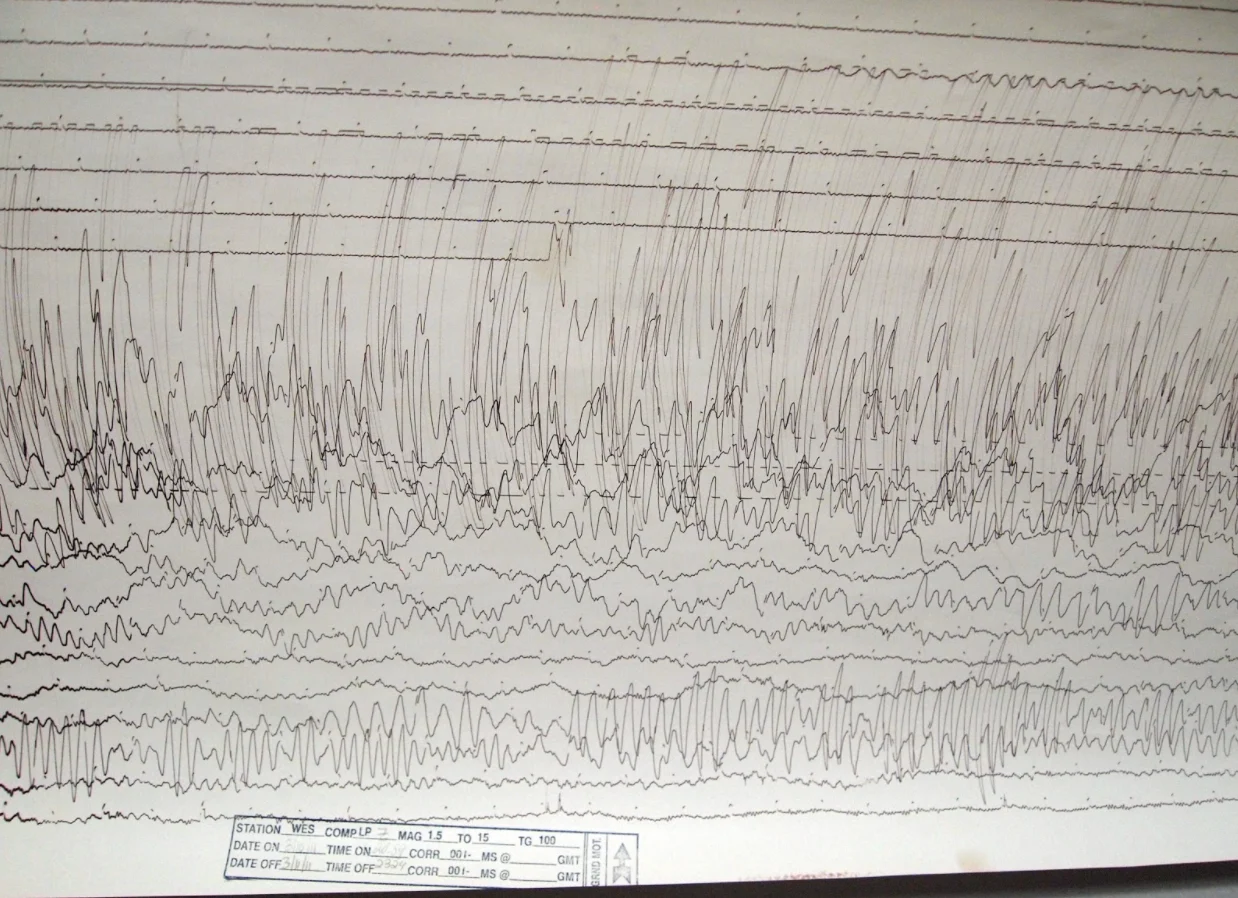
A seismogram of the 2011 Tōhoku earthquake. Courtesy of Z22/Wikipedia/CC BY-SA 3.0
As soon as the earthquake shook the area, a tsunami warning was issued.
Coastal residents started to run to higher levels, but some areas only had eight to 10 minutes warning.
Click here to subscribe to This Day in Weather History
The tsunami waves surpassed seawalls and swept the mainland of Japan. The total death toll varies among sources, but around 28,000 people died or were missing due to the tsunami.
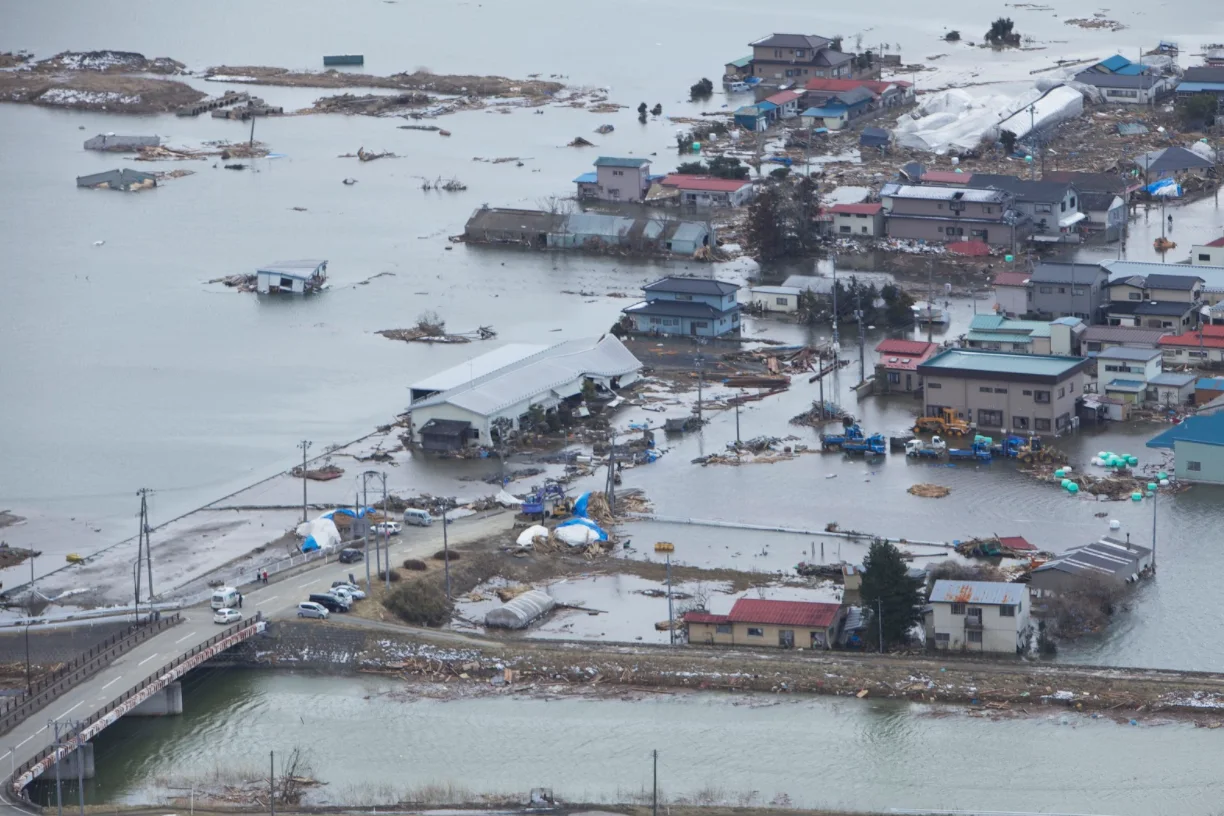
Aerial photo of Minato. Courtesy of US Air Force
According to a report by the National Police Agency of Japan, the tsunami caused 121,778 buildings to totally collapse, 280,926 buildings to half collapse, and another 699,180 buildings to experience partial damage.
The tsunami also caused the Fukushima Daiichi nuclear disaster.
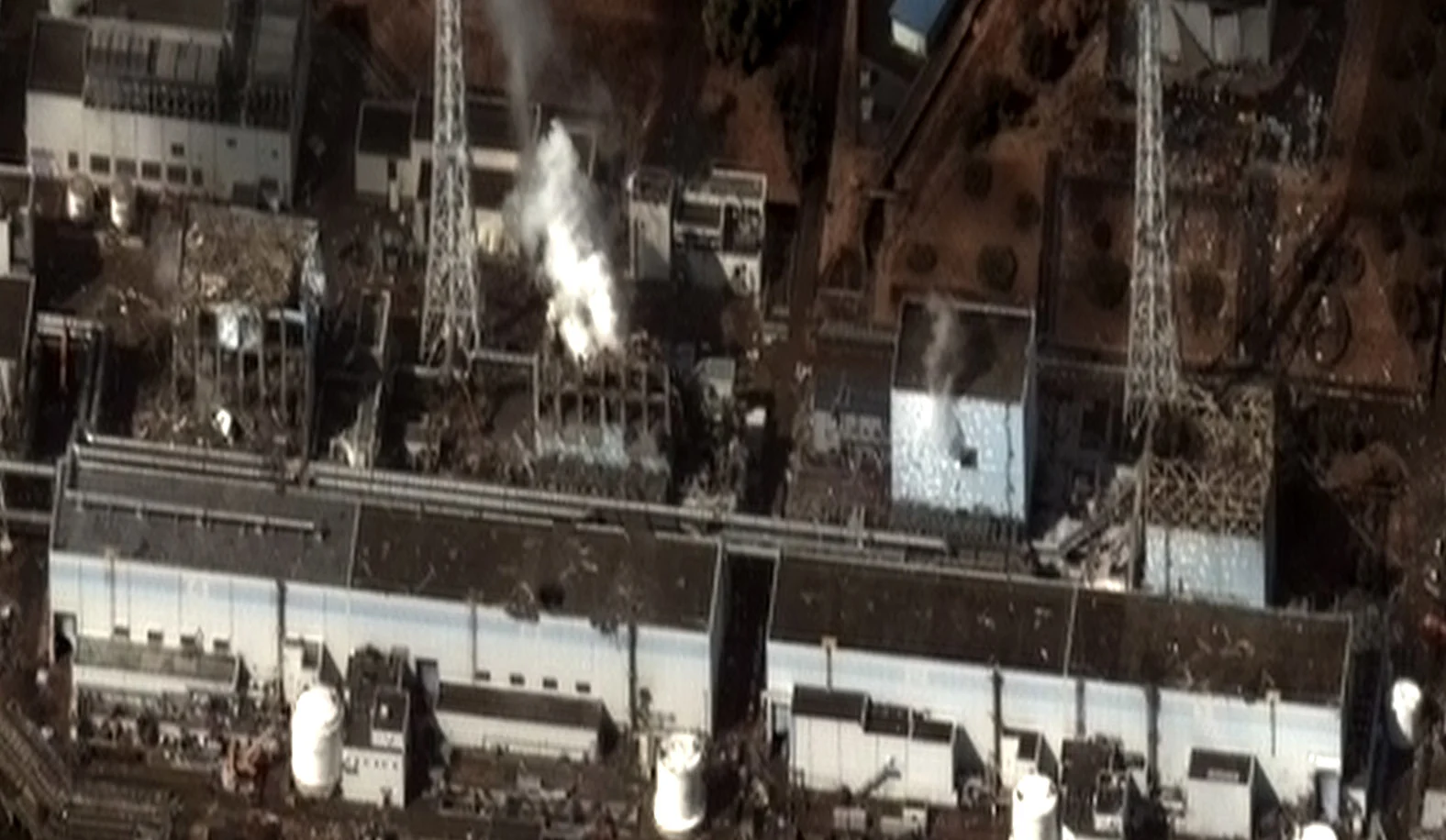
The Fukushima Nuclear Power Plant after the 2011 Tōhoku earthquake and tsunami. Reactor 1 to 4 from right to left. Courtesy of Wikipedia/CC BY-SA 3.0
The earthquake damaged the Fukushima Nuclear Power Plant, but the emergency generators kicked in. However, the tsunami caused those emergency generators to fail which led to three nuclear meltdowns and three hydrogen explosions. Radioactive contamination was released and around 154,000 residents had to be evacuated from their homes.
According to The World Bank, the earthquake resulted in an estimated economic cost of US$235 billion, which makes it the costliest natural disaster in history.
To learn more about the 2011 Tōhoku earthquake and tsunami, listen to today's episode of "This Day In Weather History."
Subscribe to 'This Day in Weather History': Apple Podcasts | Amazon Alexa | Google Assistant | Spotify | Google Podcasts | iHeartRadio | Overcast'
Thumbnail: Aerial photo of Minato. Courtesy of US Air Force







